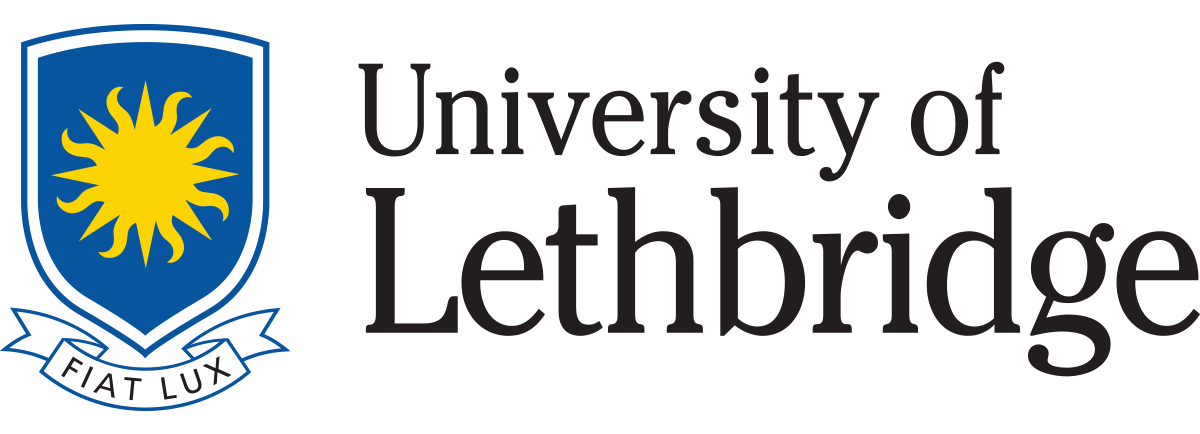Harding J.
Poets and Pilgrims: From Saigyō to Shikoku”. In: Landscape and Travelling East and West: A Philosophical Journey (Hans-Georg Moeller and Andrew Whitehead, eds.). London: Bloomsbury Academic; 2014.
WebsiteAbstractPhilosophical reflections on journeys and crossings, homes and habitats, have appeared in all major East Asian and Western philosophies. Landscape and travelling first emerged as a key issue in ancient Chinese philosophy, quickly becoming a core concern of Daoism and Confucianism. Yet despite the eminence of such reflections, Landscape and Travelling East and West: A Philosophical Journey is the first academic study to explore these philosophical themes in detail.
Individual case studies from esteemed experts consider how philosophical thought about places and journeys have inspired and shaped major intellectual and cultural traditions; how such notions concretely manifested themselves in Chinese art, particularly in the genres of landscape painting and garden architecture. The studies present a philosophical dialogue between Confucianism and Daoism on issues of social space and belonging and include discussion on travel and landscape in Buddhism as well as Japanese and Tibetan contexts.
Approaching the topic from an inter-cultural perspectives, particularly East Asian philosophies, and using these to enrich contemporary reflections on space, the environment, and traversing, this unique collection adds an important voice to present philosophical, political, and cultural discourses. - See more at:
http://www.bloomsbury.com/uk/landscape-and-travelling-east-and-west-a-philosophical-journey-9781472509239/#sthash.kszviwlj.dpuf
Notes:
Table Of Contents Notes on Contributors Introduction (Hans-Georg Moeller) Part I: Strolls and Scrolls 1. Landscape and Travelling in Early Chinese Thought (Ouyang Xiao) 2. Landscape as an Aesthetic Person: On the Conceptual World of German Romanticism (Rolf Trauzettel) 3. The Landscape of Yinyang: Philosophy and Shanshui Painting (Robin Wang) 4. Landscape, Travel, and a Zhuangist Reply to Nagel's Cosmic Question (Chris Fraser) Part II: Buddhist Journeys 5. Hoben as Pedagogical Landscape (Andrew Whitehead) 6. On the Shikoku Pilgrimage (John Harding) 7. Travelling through Tibet: Images and Mirages (Snjezana Zoric) 8. A Walk Through Some Zen Landscapes of the Heart (John Maraldo) Part III: Contemporary Paths 9. Journeying and Locality in Migration (Andrea Martinez) 10. Wandering and/or Being at Home: Zhuangzi and Heidegger (Franklin Perkins) 11. On the Way - Foolish Notes of an Old Nomadic Poet-Philosopher (Günter Wohlfart) 12. Transcultural Reflections on the Limits of Travel (Mario Wenning) Part IV: Landscape and Travelling as Philosophical Metaphors 13. The Way of Transmission in Confucianism (Roger Ames and Henry Rosemont) 14. A Daoist Response to Ames and Rosemont (Paul D'Ambrosio) 15. The Moral Landscape in the Philosophy of Tang Junyi (Ady Van den Stock) 16. Travelling with Laozi and Plato (May Sim) Index
Reviews “An inspiring collection of diverse and fascinating journeys through time, space and cultures, this book is an ideal companion for wondering and wandering philosophers, East-West comparativists and intellectual flâneurs of any kind.” – Geir Sigurðsson, Senior Lecturer, Chinese Studies, University of Iceland,
“This well-crafted unusual collection of essays devoted to philosophical reflections on landscape and travel, real and imaginary, ranges comparatively across East and West, from Laozi and Zhuangzi, Confucius and Mencius, Buddhist sutras, and Basho to Plato, Descartes, Hegel, Kant, Heidegger, and Caspar David Friedrich, from physical location and movement in time and space to concepts of 'home' and sense of community, from journey as metaphor for spiritual quest to issues of migration, exile, personal and national identity, and relations between the human and the natural environments. The essays are marked by much original thought, sophisticated analysis, and the extensive and insightful use of primary sources, and their collective effect expands our perspectives and sharpens the focus we bring to bear on cultural affinities that have long been obscured by uninformed attention to superficial differences. As such, this volume represents cross-cultural and inter-disciplinary studies at their best.” – Richard John Lynn, Professor Emeritus of Chinese Thought and Literature, University of Toronto, Canada,
“Although more people in the world are travelling farther and more often than ever before-not least philosophers to conferences-this activity has been neglected as a topic for philosophical reflection. And although landscape has long been such a topic in East-Asian traditions, it too has been largely ignored in Western philosophy. This collection of essays by a range of scholars, from eminent experts to promising younger thinkers, goes a long way toward filling in the gaps in admirable fashion.” – Graham Parkes, Professor of Philosophy, University College Cork, Ireland
Harding JS, Hori VS, Soucy A.
Flowers on the Rock: Global and Local Buddhisms in Canada. Montreal: McGill-Queen's University Press; 2014.
WebsiteAbstractWhen Sasaki Sokei-an founded his First Zen Institute of North America in 1930 he suggested that bringing Zen Buddhism to America was like "holding a lotus against a rock and waiting for it to set down roots." Today, Buddhism is part of the cultural and religious mainstream.
Flowers on the Rock examines the dramatic growth of Buddhism in Canada and questions some of the underlying assumptions about how this tradition has changed in the West. Using historical, ethnographic, and biographical approaches, contributors illuminate local expressions of Buddhism found throughout Canada and relate the growth of Buddhism in Canada to global networks. A global perspective allows the volume to overcome the stereotype that Asia and the West are in opposition to each other and recognizes the continuities between Buddhist movements in Asia and the West that are shaped by the same influences of modernity and globalization.
Flowers on the Rock studies the fascinating and ingenious changes, inflections, and adaptations that Buddhists make when they set down roots in a local culture. It is essential reading for anyone interested in Buddhism, religious life in Canada, and the broader issues of multiculturalism and immigration.
Contributors include Michihiro Ama (University of Alaska), D. Mitra Barua (University of Saskatchewan), Paul Crowe (Simon Fraser University), Melissa Anne-Marie Curley (University of Iowa), Mavis Fenn (University of Waterloo), Kory Goldberg (Champlain College), Sarah F. Haynes (Western Illinois University), Jackie Larm (University of Edinburgh), Paul McIvor (independent), James Placzek (University of British Columbia), and Angela Sumegi (Carleton University). - See more at: http://www.mqup.ca/flowers-on-the-rock-products-9780773543386.php?page_id=106288&#!prettyPhoto
 hardinghorisoucyflyer.pdf
hardinghorisoucyflyer.pdf 